Filter on
human behavior research categories

Nurse patient interaction - two coding schemes
The world's population is ageing. International dementia and Alzheimer organizations state that there are an estimated 36 million people worldwide with dementia.

Friends with benefits - sociosexuality under investigation
Penke and Asendorpf (2008) used a large online study and a detailed behavioral assessment to investigate sociosexual behavior.

Emotional responses, heart rate & more: measuring consumer behavior
As a consumer, you have to make many different choices. Which peanut butter do you want? Which potato chips are the healthy choice?

Infant behavior experiments
When a baby is born prematurely, this baby and his or her parents often experience a rough start. You can think about eating problems, high risk of infection, or even anemia.

Galvanic skin response, heart rate variability and more behavior on the inside
When it comes to measuring our emotional responses to food items, medical treatment, or works of art, our behavior does not always paint the whole picture.

Assessment and training – positive behavior change
In daily practice, it can be difficult to establish a long-term change in behavior. Most of the time, people are not aware of their behavior.

How research on Autism Spectrum Disorders is developing
Recent scientific research provides more and more understanding of behavioral challenges children diagnosed with Autism Spectrum Disorders (ASD) face.

Parent-child interaction: Measuring the effectiveness of interactions
Quality of parent-child interaction is one of the major predictors of emotional and social development of children, which makes parent-child interaction an important focus of child development research.

Clinical interviews – analyzing verbal and non-verbal behavior
In general, researchers choose the methods and techniques that best suit their research objectives. That’s no different when researching doctor-patient communication or any other clinical interview setting.

3 Examples of pattern detection research
Patterns in behavior are everywhere around us. Think about the sequence of behavior when you do the laundry, get ready in the morning, play a game of soccer, or drive your car to work.
Filter on
animal behavior research categories
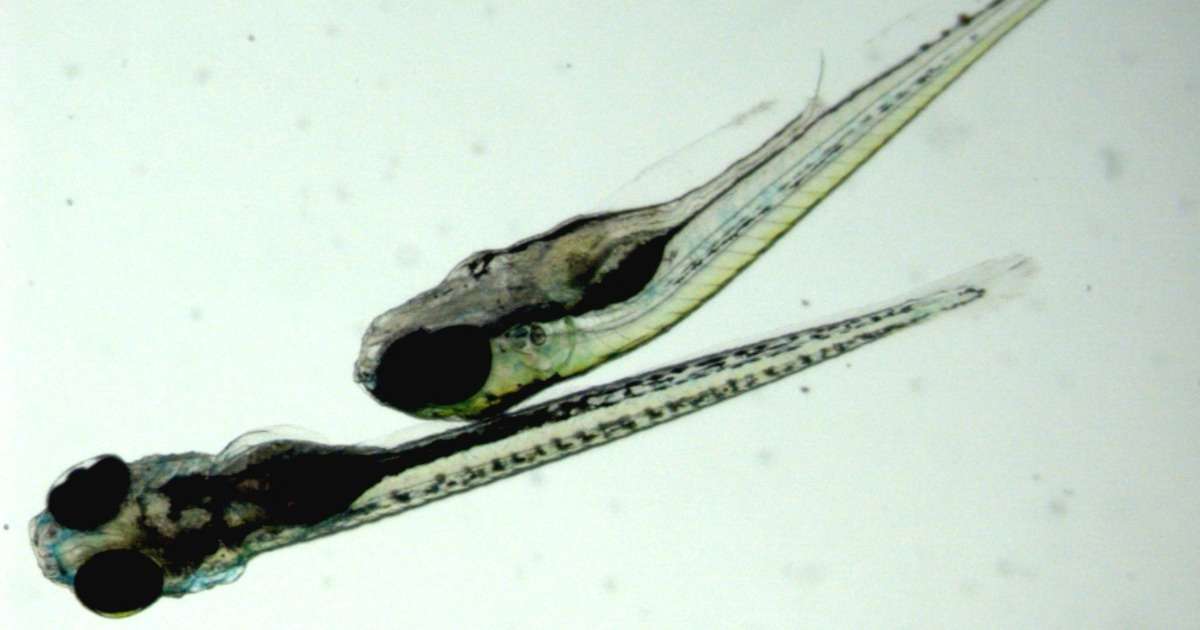
Tracking zebrafish in 3D
Recognizing the lack of hands-on education, Dr. Kalueff has started organizing zebrafish behavioral neuroscience and phenotyping workshops. The workshops ran just before and after the SfN annual meeting, October 2012.
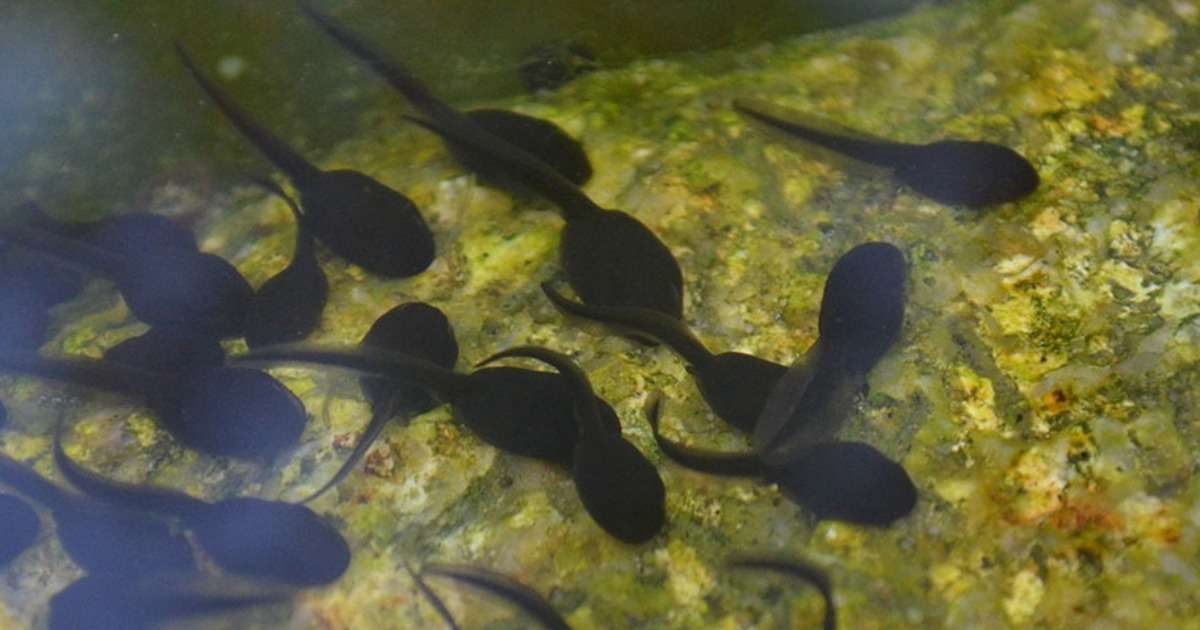
Tracking tadpoles – why video tracking is important in ecotoxicology
The study of behavior has proven itself to be useful in the context of ecotoxicology; the assessment of the impact of pesticides on ecology systems. It is a valuable tool in the risk assessment.
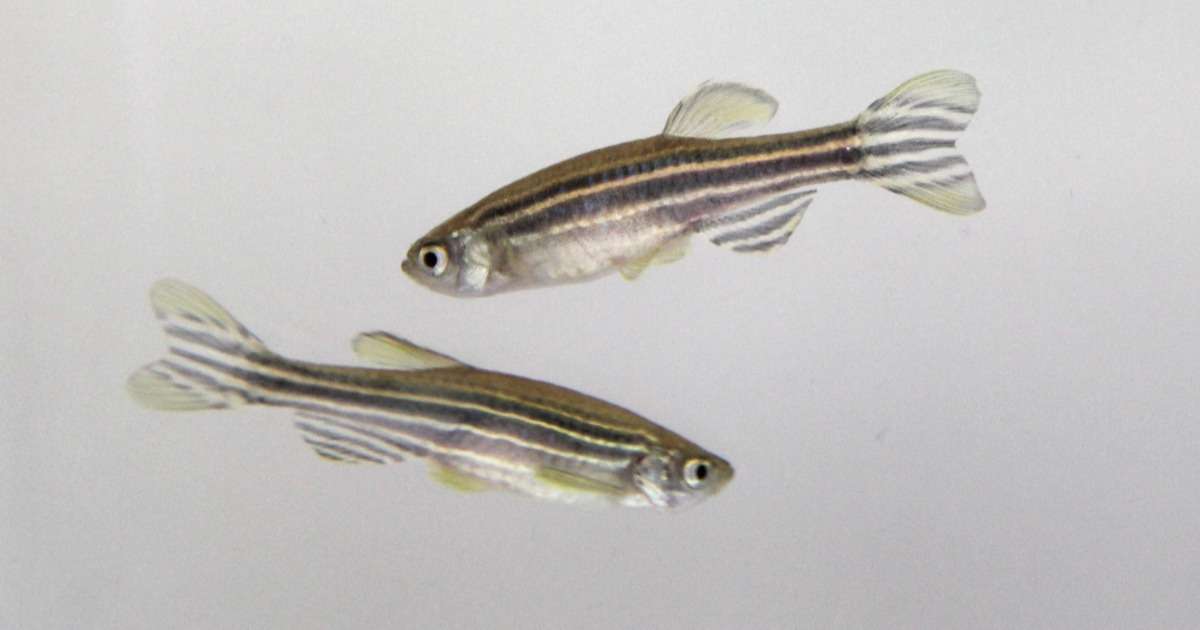
5 must-read articles on zebrafish behavioral research
I have been reading a lot about zebrafish research lately and I thought it would be nice to share some of my favorite articles with you.

Don’t dwell on it… dive into zebrafish research!
I recently wrote about other translations from rodent studies to zebrafish, such as the investigation of learning and memory and social behavior. Now it’s time to talk about anxiety and exploration.
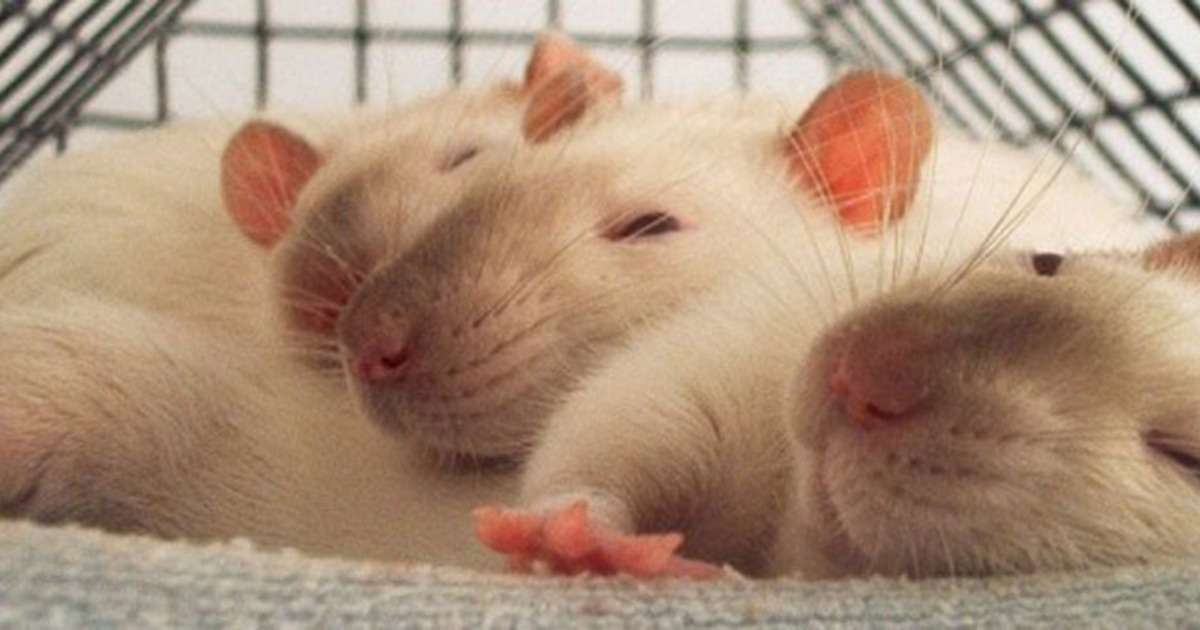
The search for autism models continues - why rats are important
Autism (ASD) continues to be an important topic in scientific research. Although finding the actual cause of ASD is still years away, there have been several studies that point to a strong genetic component.
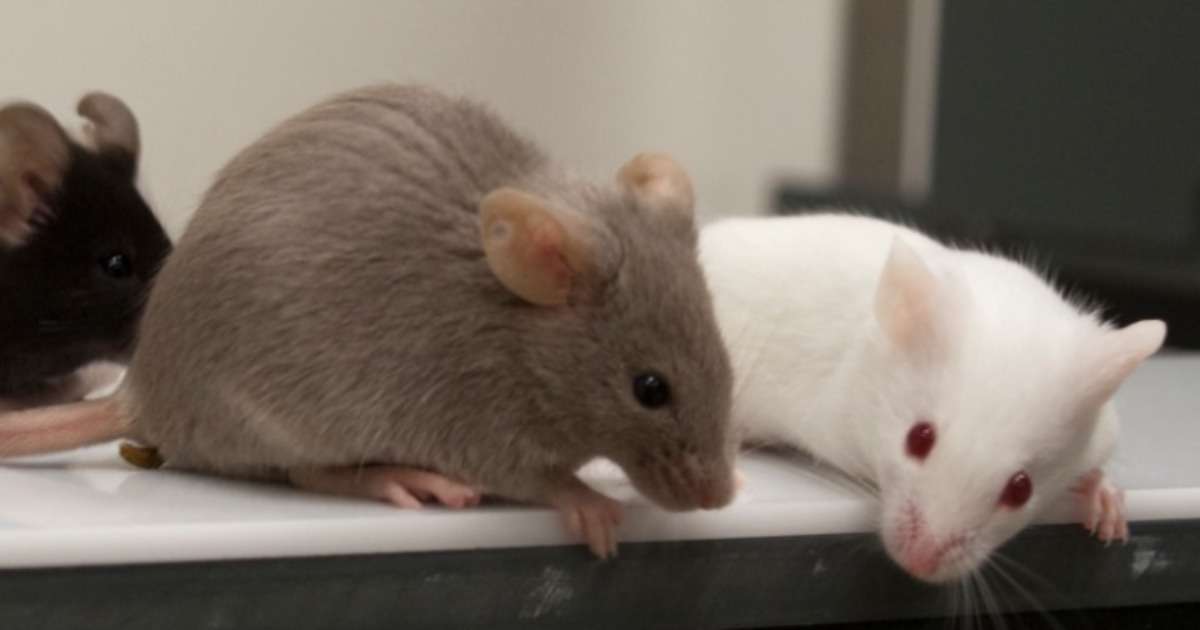
Drunken mice get aggressive on Alzheimer’s drugs
Will there ever be a cure for alcoholism? Well, some laboratory studies show that certain drugs might stop the cravings. But they might also cause serious side-effects such as aggressive behavior.
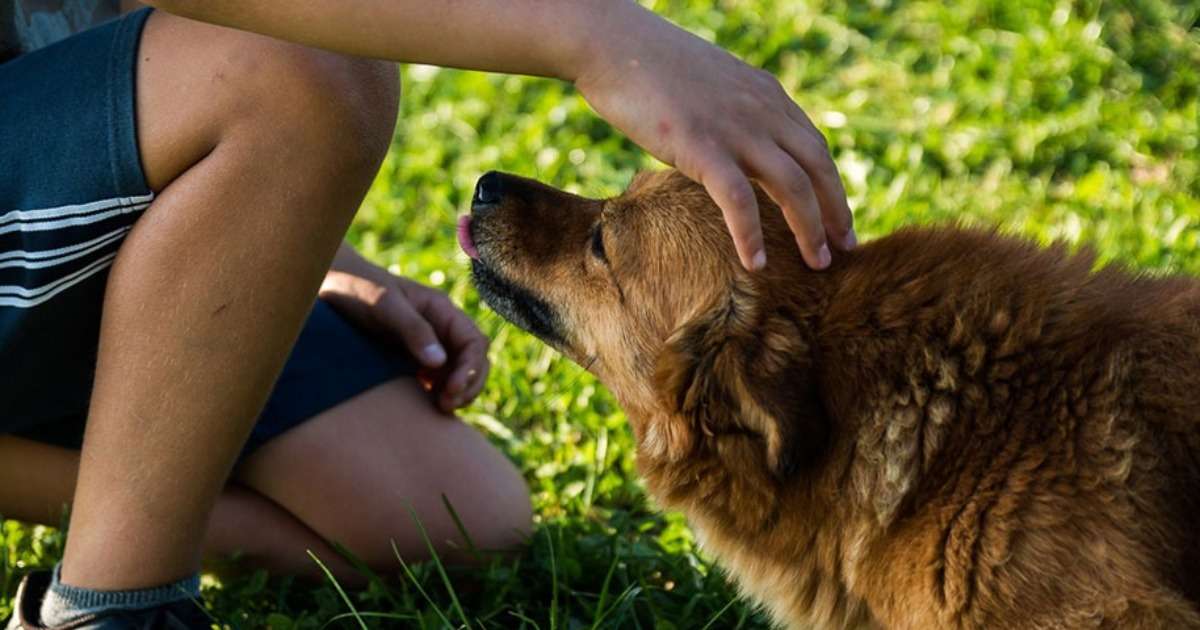
A story of dogs and dolls
When finding the right dog for yourself, you probably won’t choose an aggressive one, will you? You don’t want it to attack your friends, kids, or other dogs. You could try using a temperament test, but how reliable are they?

Unraveling primate behavior, why do monkeys rub their fur?
Did you know that tufted capuchin monkeys (Cebus apella) rub their fur vigorously with substances such as leaves, fruit, or insects? Such substances are often insecticidal, antiseptic, or anti-inflammatory.

Secret sex and promiscuity - Mating behavior of Rhesus monkeys
In Rhesus monkeys the optimal sexual strategy is different for Alpha males, other males and females. Alpha males want females to mate exclusively with them, whereas other males and females benefit from promiscuity.
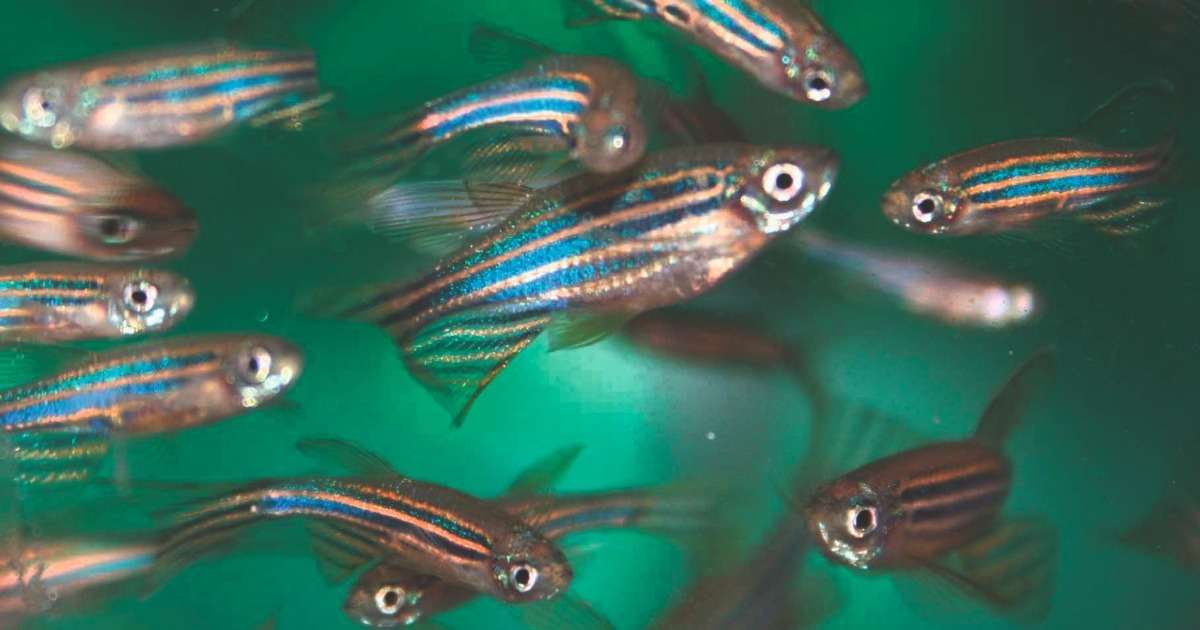
Sex preference and other social aspects of zebrafish behavior
Social behavior is a well-known topic of neuroscience research, since it is so often affected in psychiatric disorders. Think of obvious examples such as schizophrenia and autism.
